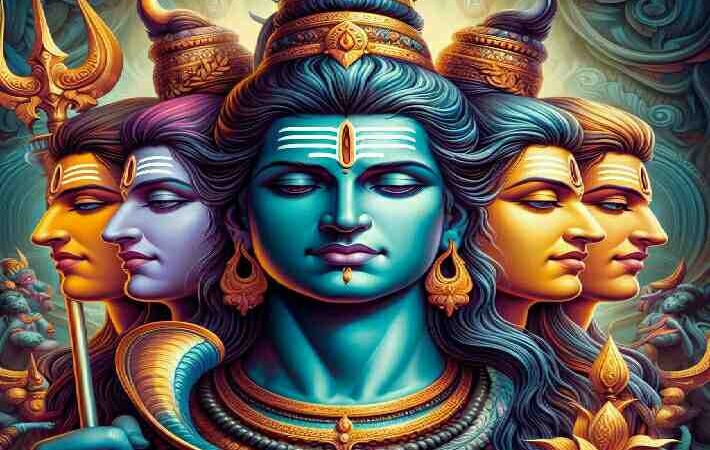Sita: Love, Sacrifice, and Resilience

Sita, also known by various names like Siya, Janaki, and Maithili, is a revered Hindu goddess and a central figure in the epic tale of Ramayana. She is the devoted consort of Lord Rama, an incarnation of the Lord Vishnu, and is often seen as an embodiment of his consort, Lakshmi.

Sita’s character is celebrated for her unwavering devotion, courage, and purity. She is a cherished national hero in Nepal and is believed to be the daughter of the Earth herself. Sita’s life journey is marked by her noble choices, including her self-imposed exile, her captivity by the demon king Ravana, and her ultimate test of purity through fire. Her story is a timeless and revered part of Hindu mythology.
The Etymology of Sita
Sita’s name derives from the Sanskrit word “sita,” meaning furrow. In Hindu tradition, she is regarded as the daughter of Bhumi (the Earth), symbolizing fertility and the blessings of settled agriculture.
Sita’s Many Names
Sita is known by several names, each reflecting a different aspect of her character. She is Janaki, the daughter of King Janaka of Videha. As Rama’s wife, she is called Rama. Her father’s title, Vaidehi, signifies her transcendental qualities.
Sita’s Birthplace
There is a dispute over Sita’s birthplace, with Sitamarhi in Bihar, India, and Janakpur in Nepal both claiming to be her birthplace. These locations are celebrated as pilgrimage sites dedicated to Sita Mata.
The Swayamvara and Marriage to Rama

Sita’s life takes a dramatic turn when King Janaka organizes a Swayamvara (a self-choice ceremony) with a challenging condition: Sita would marry only the one who could string the bow of the god Shiva. Rama, accompanied by his brother Lakshmana, arrives at the Swayamvara and accomplishes the impossible, winning Sita’s hand in marriage.
Exile and Abduction

Following Rama’s exile from Ayodhya due to a conspiracy, Sita and Lakshmana willingly join him in the forest.

It’s in this forest that Sita faces her abduction by Ravana, the demon king of Lanka. This pivotal moment in the Ramayana sets the stage for a grand rescue mission led by Rama.
Sita’s Captivity and Hanuman’s Mission
During her year-long captivity in Lanka, Sita displays immense courage and refuses Ravana’s advances. Hanuman, the devoted monkey-god, is sent by Rama to search for Sita. His epic journey across the ocean to Lanka and his discovery of Sita’s whereabouts are legendary.
The Trial by Fire

After Rama’s triumphant battle with Ravana and Sita’s rescue, her purity is questioned by some in Ayodhya. In some versions of the epic, Sita undergoes Agni Pariksha, a trial by fire, to prove her chastity. The fire-god Agni plays a crucial role in this episode.
The Second Exile and Birth of Twins

Despite Rama’s love for Sita, he is compelled to send her into a second exile due to doubts and rumors among his subjects. Pregnant with twins, Sita finds refuge in the hermitage of Valmiki. She gives birth to two sons, Kusha and Lava, whom she raises as a single mother.
Sita’s Final Departure

After witnessing the acceptance of her sons by Rama, Sita seeks refuge in the Earth, her mother. Bhumi, the Earth goddess, dramatically splits open, taking Sita away. This marks the end of Sita’s earthly journey.
Sita’s Temples
While Sita’s presence is often associated with Rama’s statues in Rama temples, there are several temples dedicated to her across India and even in Sri Lanka. These temples serve as a testament to her enduring legacy.





